Cemetery iris flowers, often found in old graveyards and abandoned homesteads, are a testament to nature's resilience and the enduring power of memory. These irises, typically hardy and low-maintenance, thrive in places where other plants might struggle, offering a splash of color and life in locations marked by silence and solitude.The tradition of planting irises in cemeteries dates back centuries. In many cultures, irises symbolize hope, resurrection, and the eternal spirit, making them a fitting tribute to those who have passed. The name "iris" itself is derived from the Greek word for rainbow, signifying the connection between heaven and earth. These flowers are often associated with mourning and remembrance, providing comfort to those who visit gravesites.
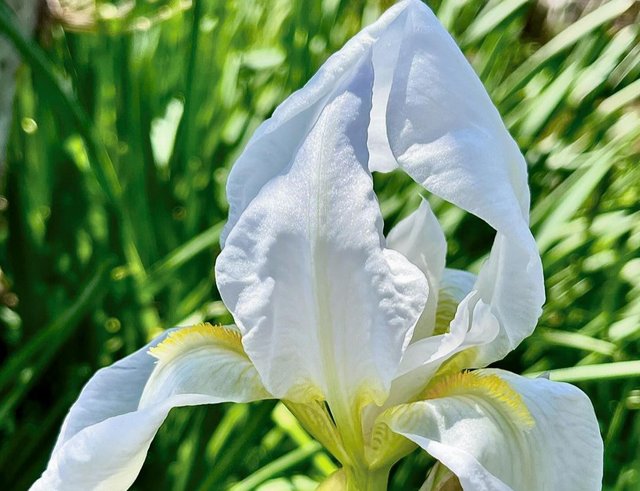
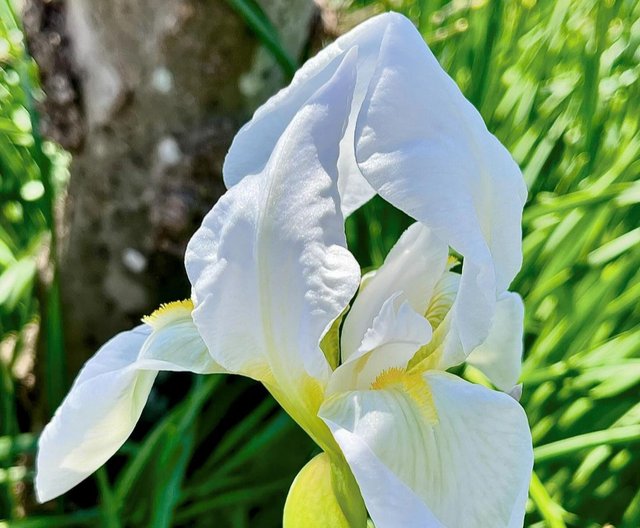
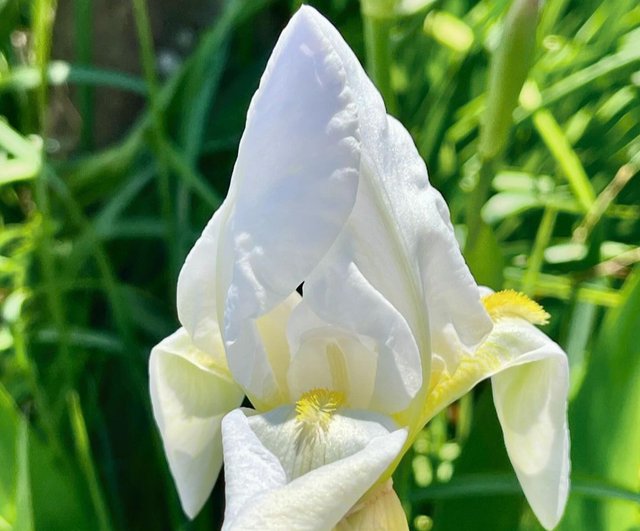
Cemetery irises are usually variants of the bearded iris, a group known for their robust nature and striking appearance. They come in a wide range of colors, from deep purples and blues to vibrant yellows and whites. The flowers have a distinctive shape, with three upright petals (standards) and three drooping petals (falls), often adorned with a "beard" of soft hairs.
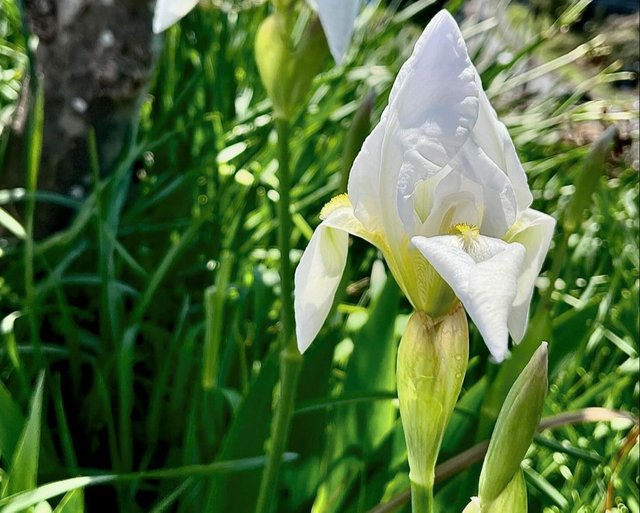
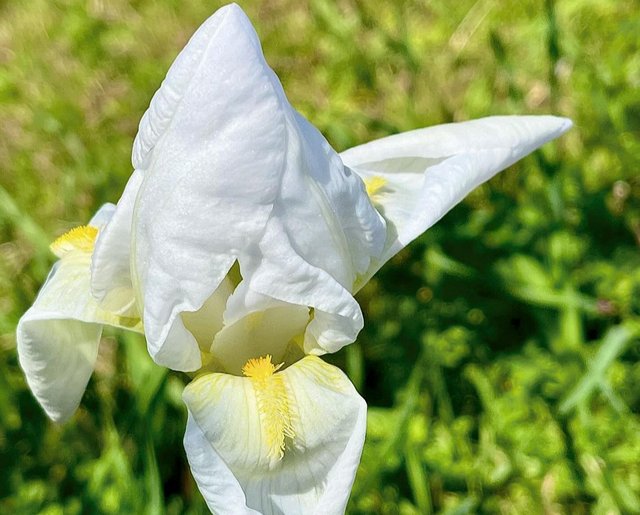
One of the most common varieties found in cemeteries is the Iris germanica, known for its adaptability to different soil conditions and climates. These irises are perennials, meaning they return year after year, often with minimal care. This resilience makes them a perfect choice for planting in cemeteries, where they can flourish without frequent maintenance.